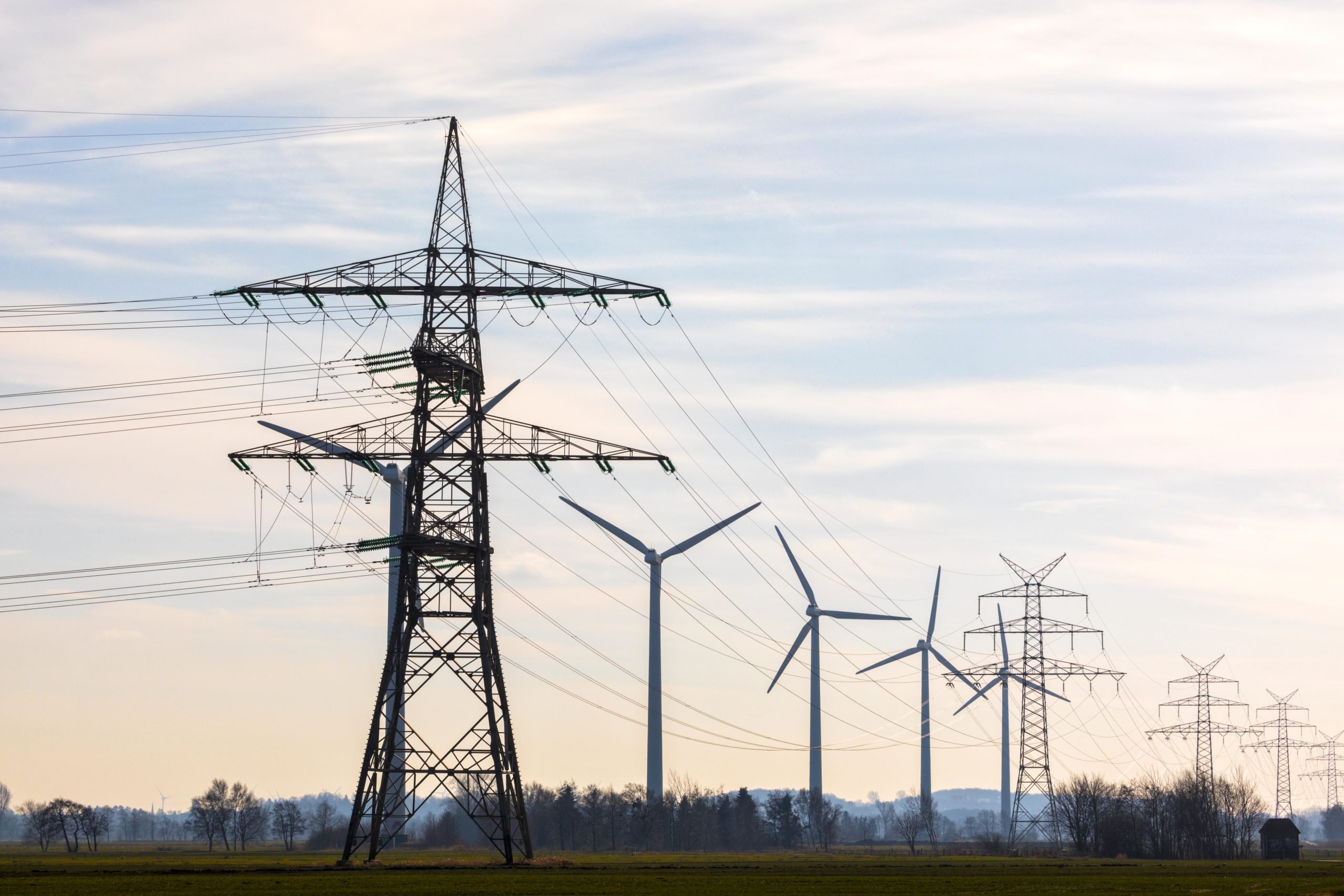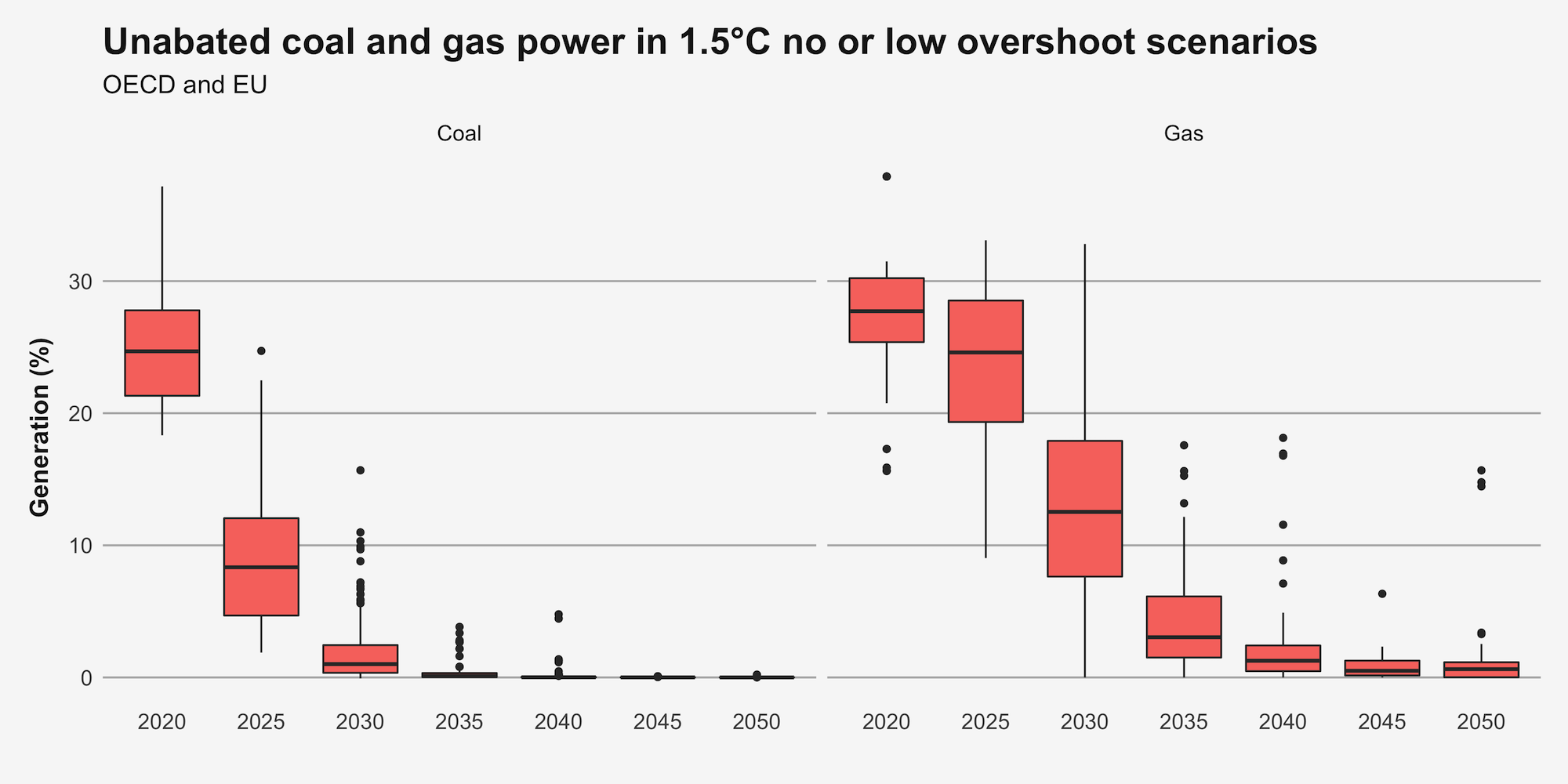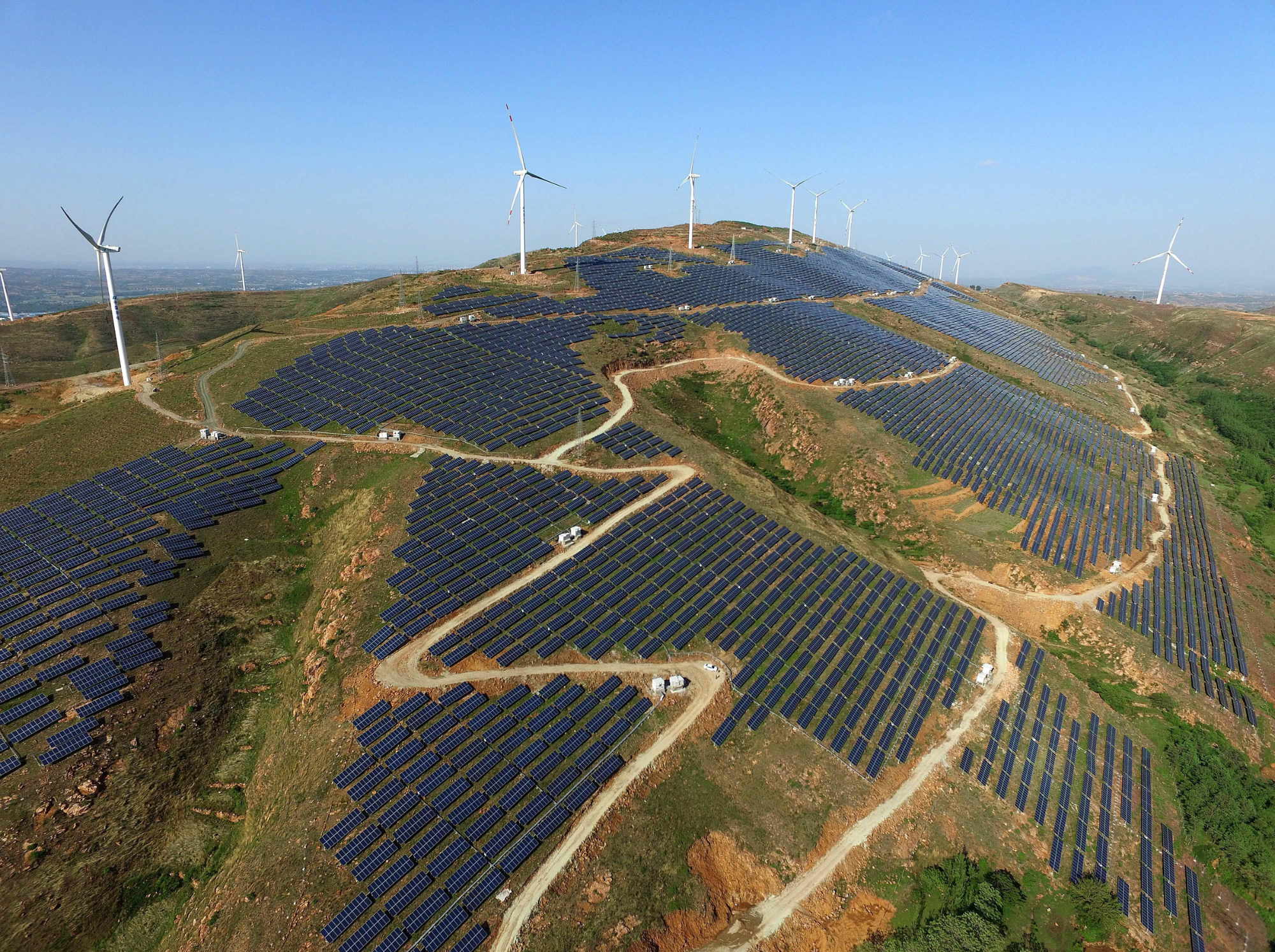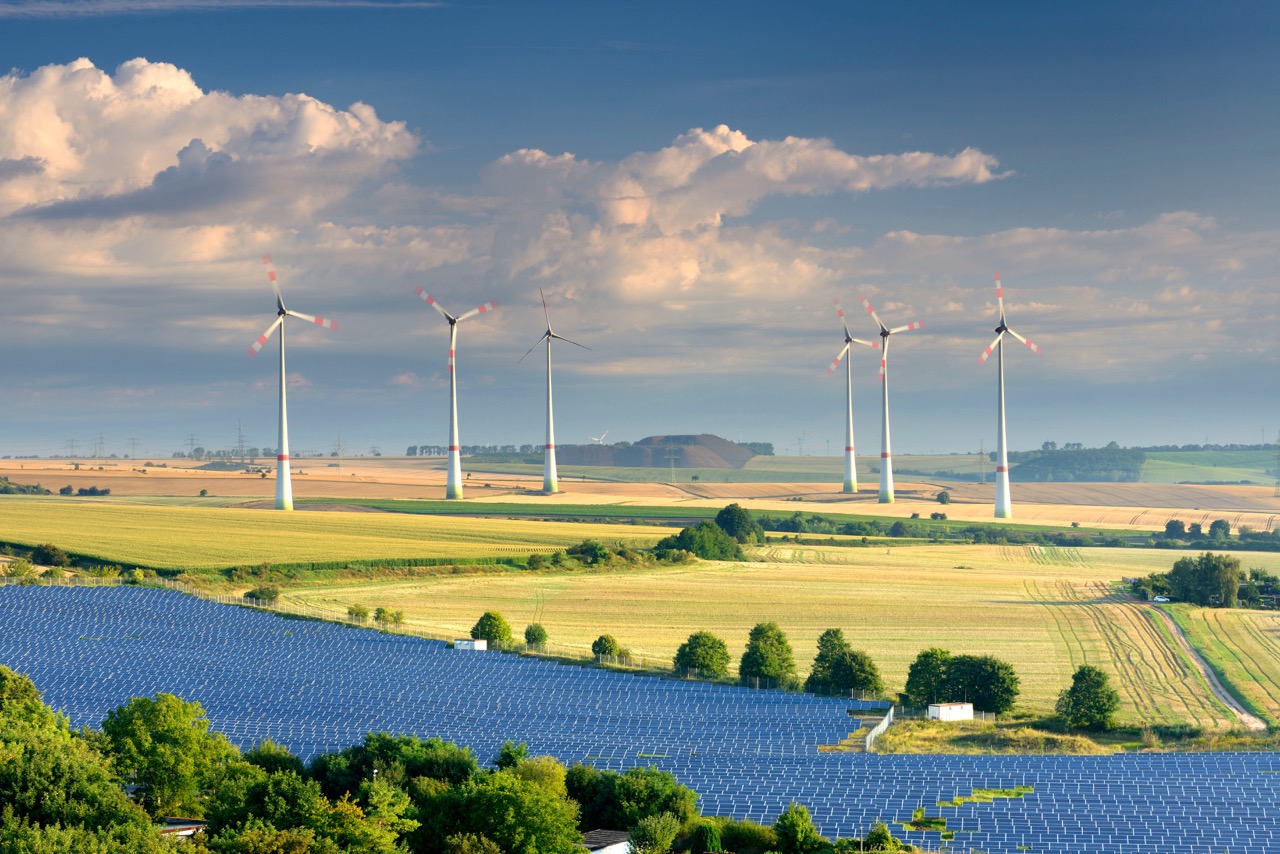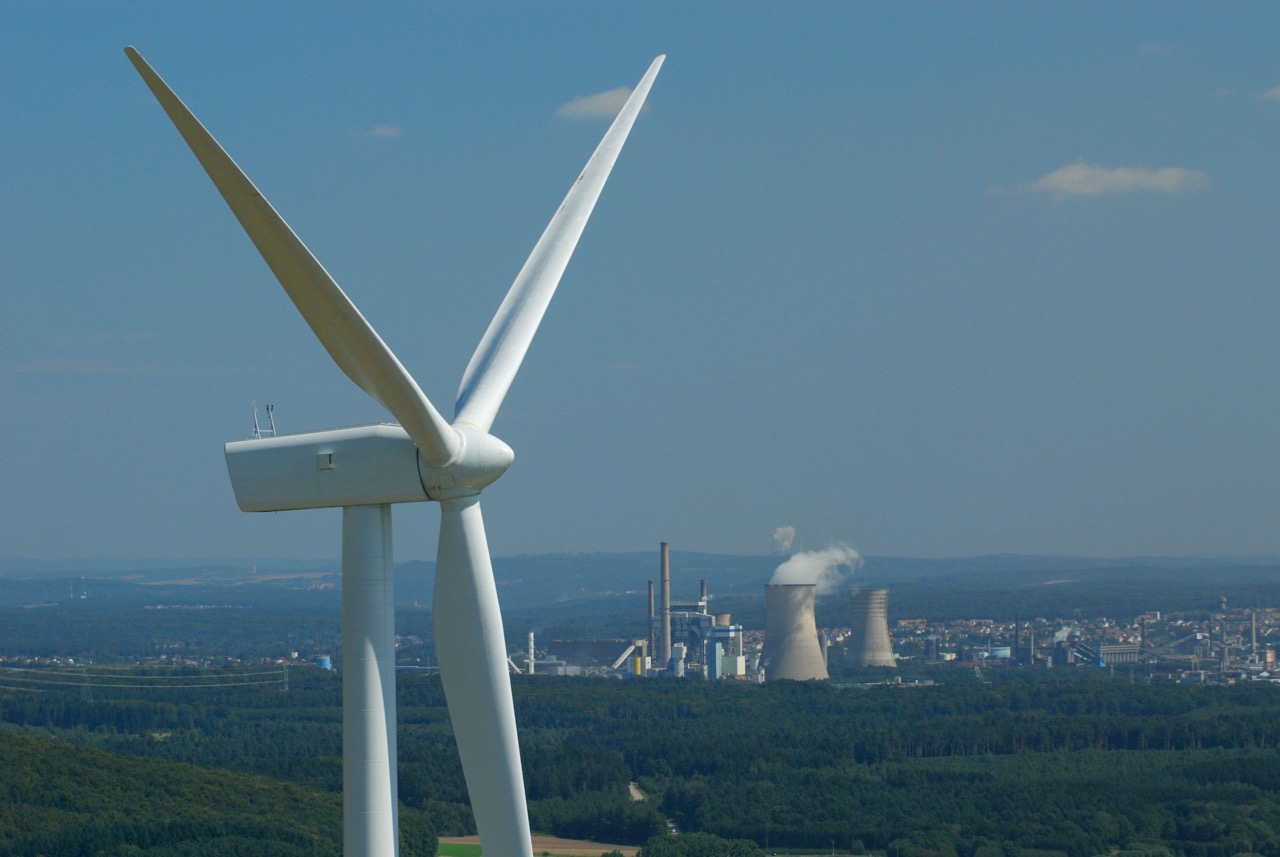France, Germany, Italy
In response to Russia’s war and the gas crisis, EU countries have raised ambition on getting away from fossil fuels. Italy is aiming for 70% renewables by 2030 and coal phase out by 2025, Germany is now targeting 2035 clean power, with the climate minister reaffirming its commitment to 2030 coal phase out as ‘more important than ever’. France already has a highly decarbonised grid, and has set a coal phase out date of 2024.
With the REPowerEU proposal, the EU will aim to generate 69% of electricity from renewables by 2030. This puts the EU right on track to hit a net zero electricity system by 2035, one which recent Ember analysis shows they can meet “at no extra cost” above stated plans and “without compromising security of supply”.
The UK
The UK is leading the charge to clean energy, with a plan to generate 95% of its electricity from low carbon sources by 2030. This includes plans to expand offshore wind to 50GW by 2030, and increase solar capacity by up to 5 times by 2035. This puts it in a great position to meet the Clean Power 2035 challenge.
The US
President Biden has committed to guiding the US toward 100% clean power by 2035, including a near term target for 30 GW of offshore wind by 2030. While recent months have proved challenging, the President has recently invoked the Defence Production Act to increase production of solar panels, building insulation and heat pumps, and has noted that the US is ready to make a “fundamental turn toward renewable energy”.
Coal power is falling in the US, and although no commitment has been made on coal power phaseout, it’s widely acknowledged that coal power will continue to collapse this decade, on the route to 100% clean power by 2035.
Canada
In 2018, Canada first committed to phase out coal by 2030, but there is some risk that this could be offset by expanding fossil gas generation. However, earlier this year the Government launched nation-wide consultations to develop Canada’s Clean Electricity Standard (CES) with the clear aim to drive progress towards a net-zero electricity grid by 2035.
Japan
Presently, 25% of Japan’s electricity comes from renewables, with a current plan to increase this to 38% by 2030. This is just short of where the IEA says G7 members need to be, but according to recent Ember analysis, Japan has an untapped opportunity to expand its renewable energy capacity through solar and offshore wind.
